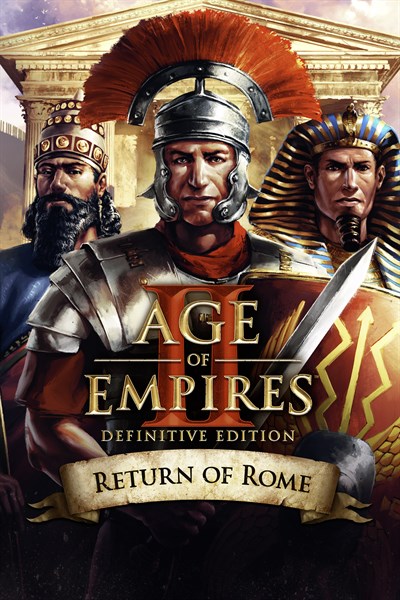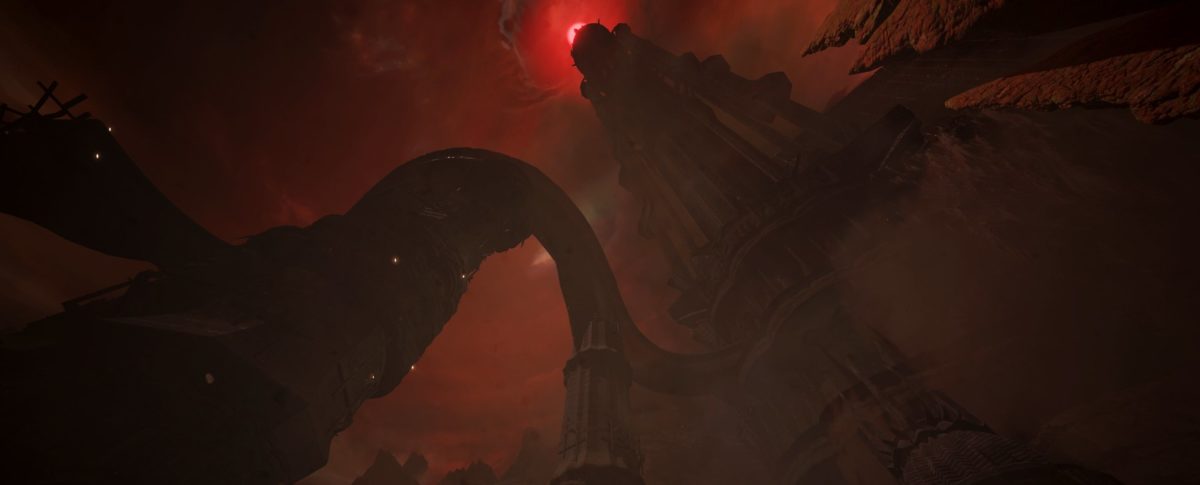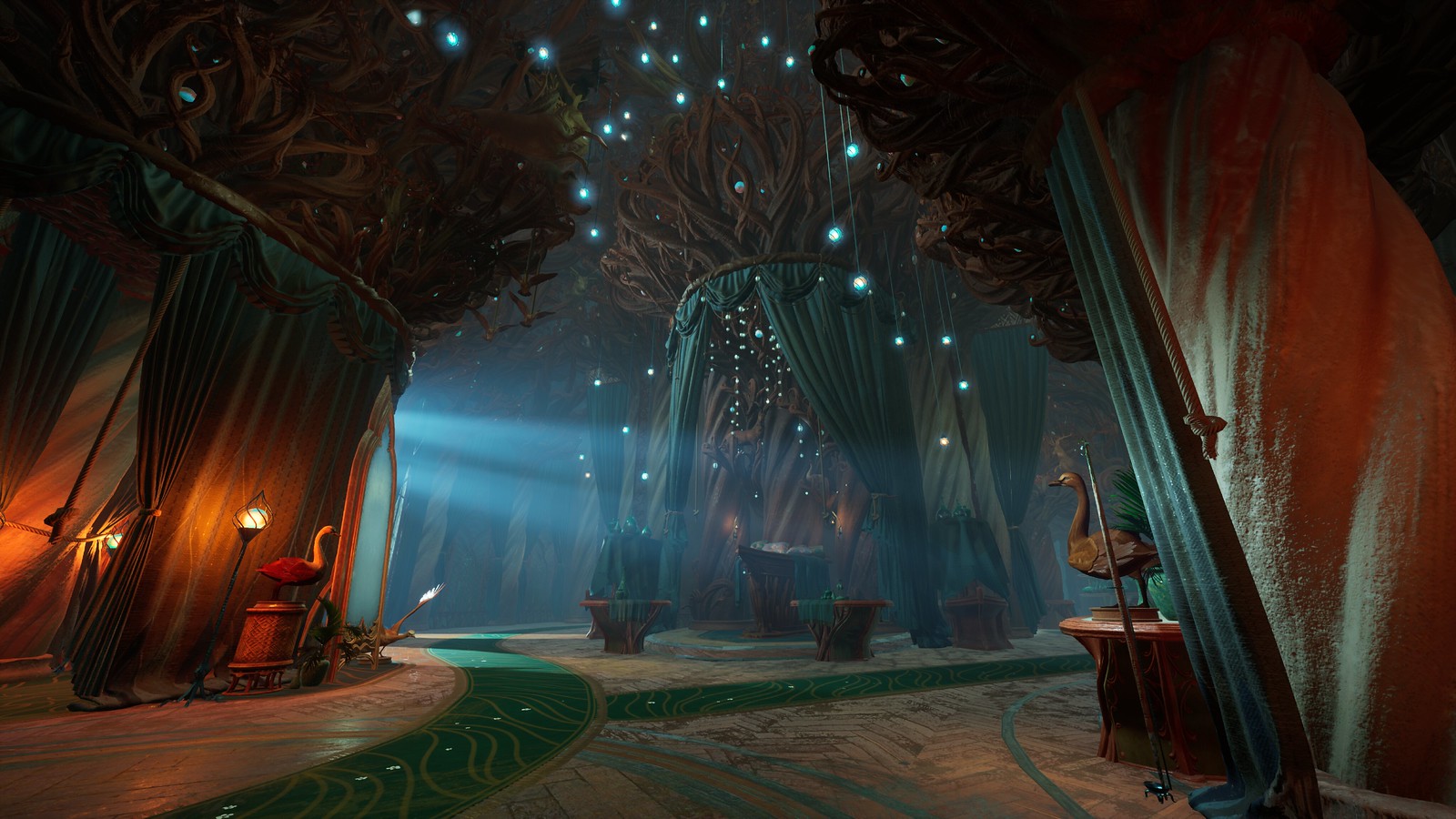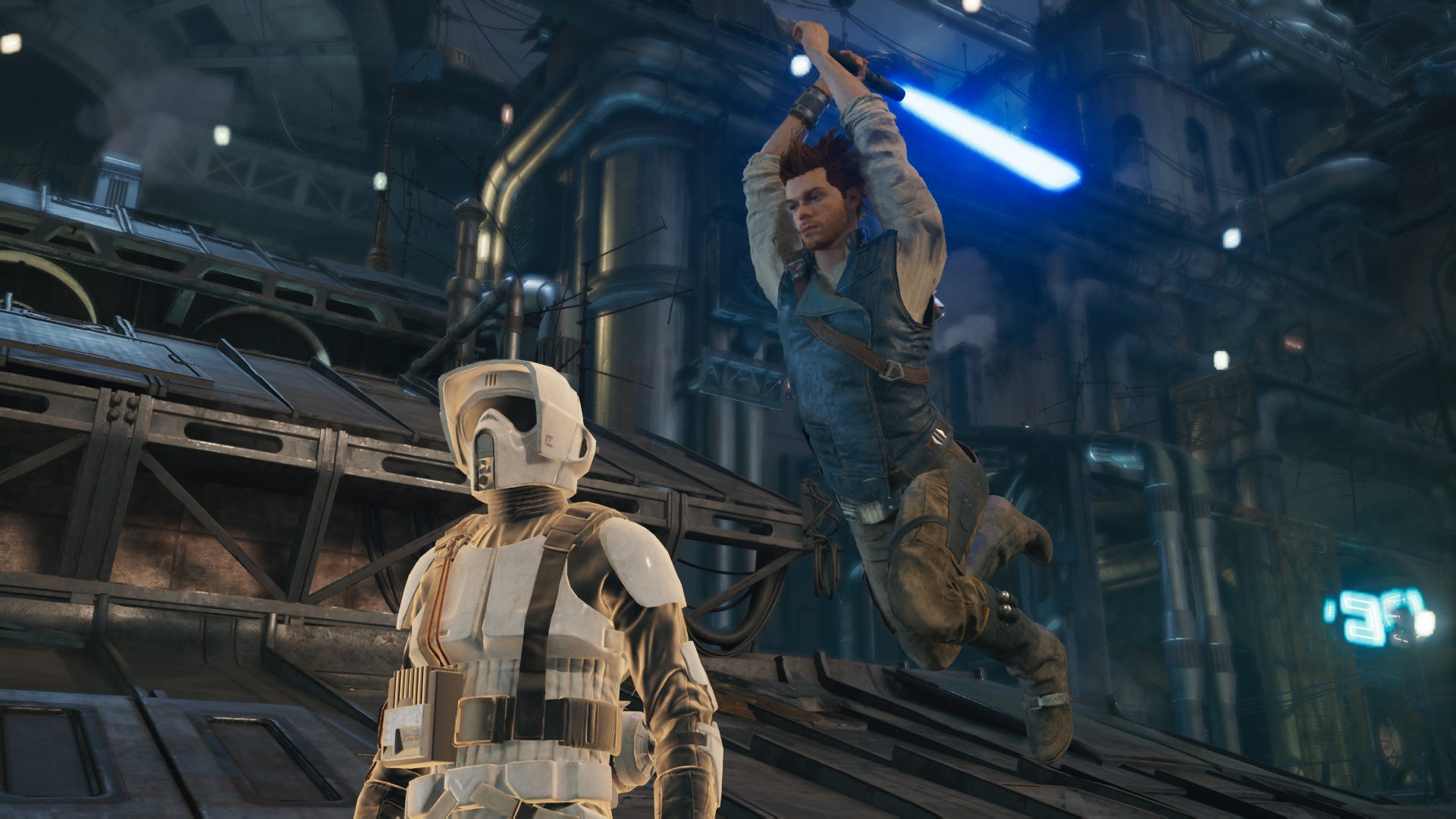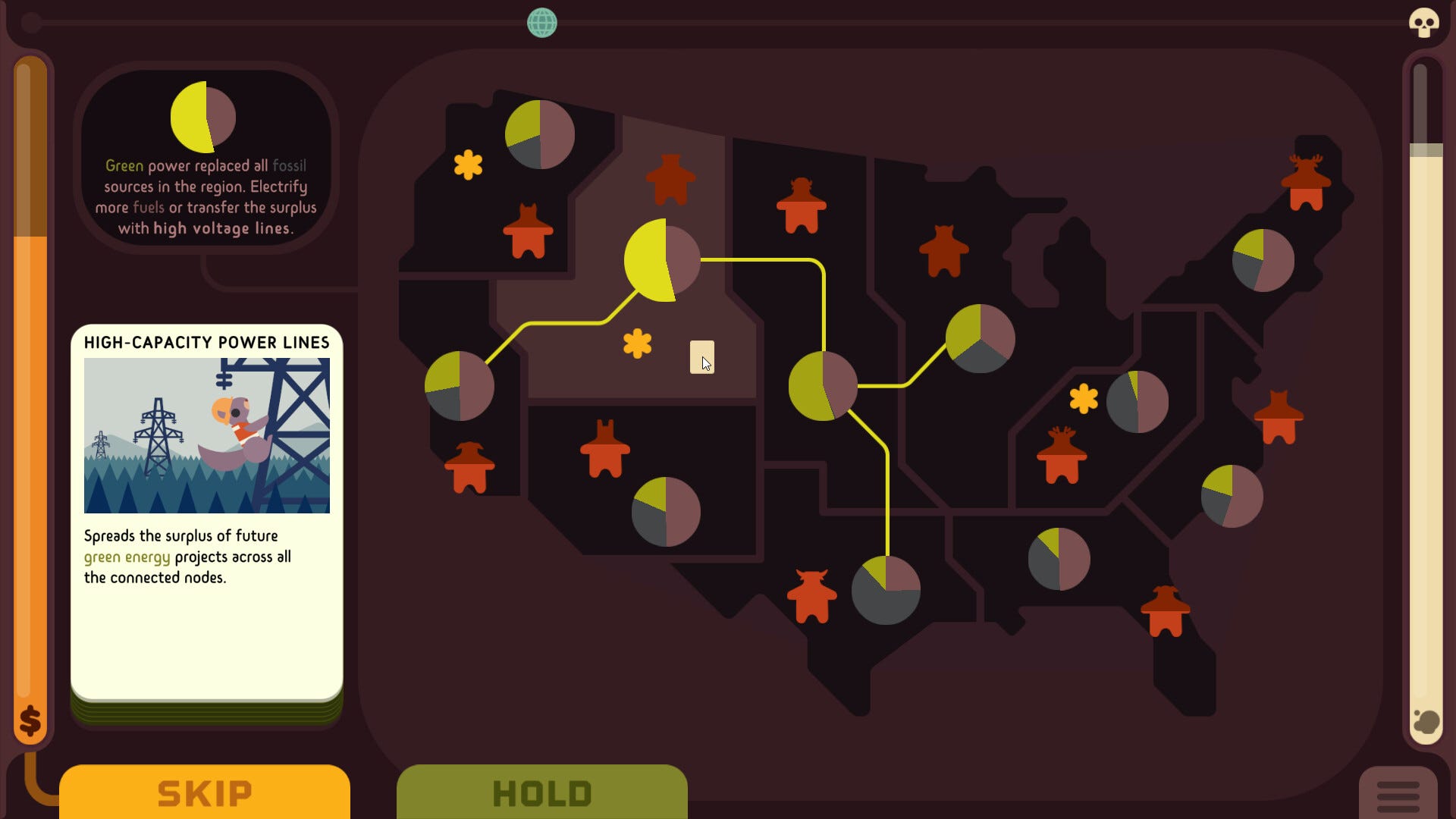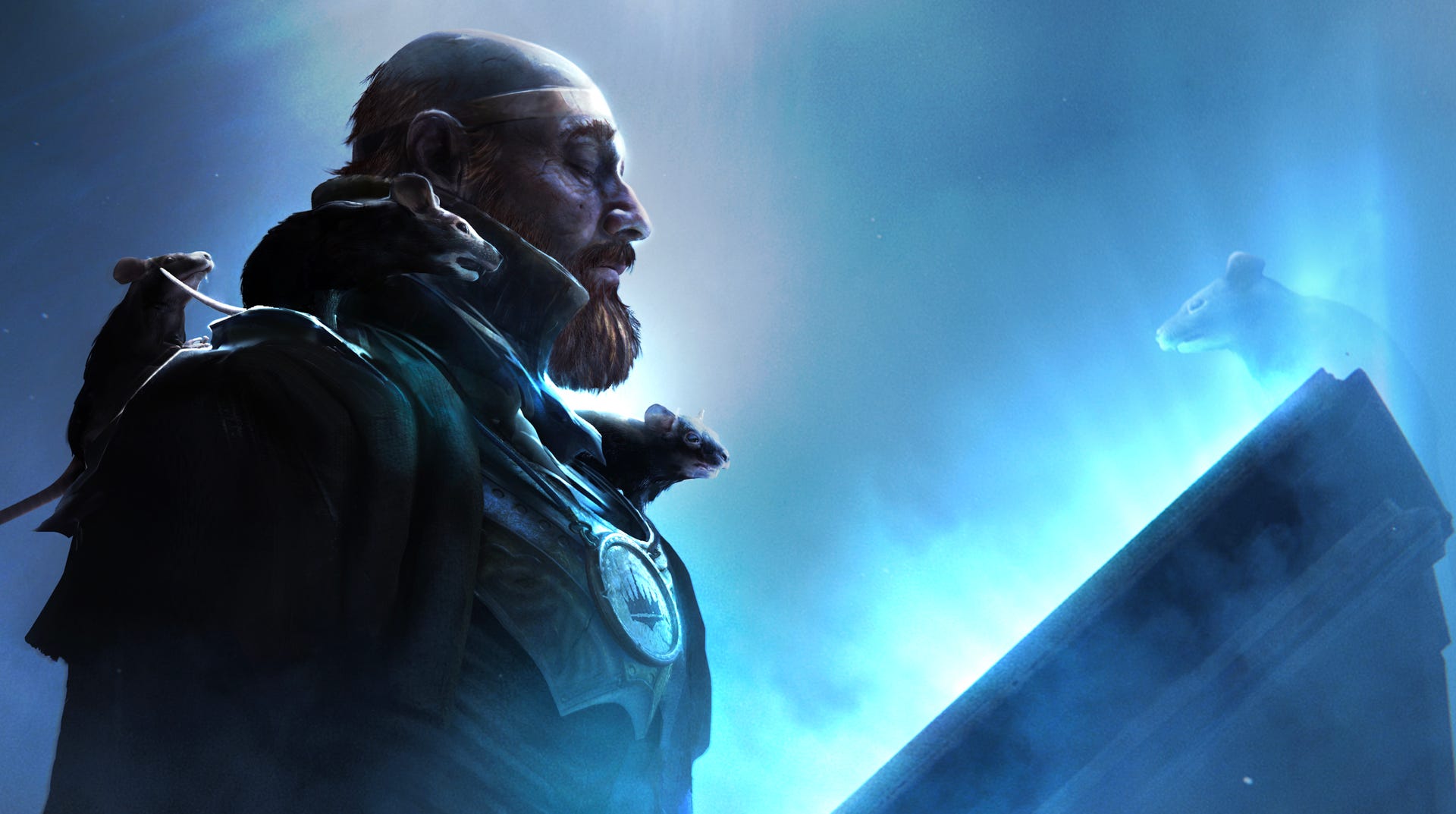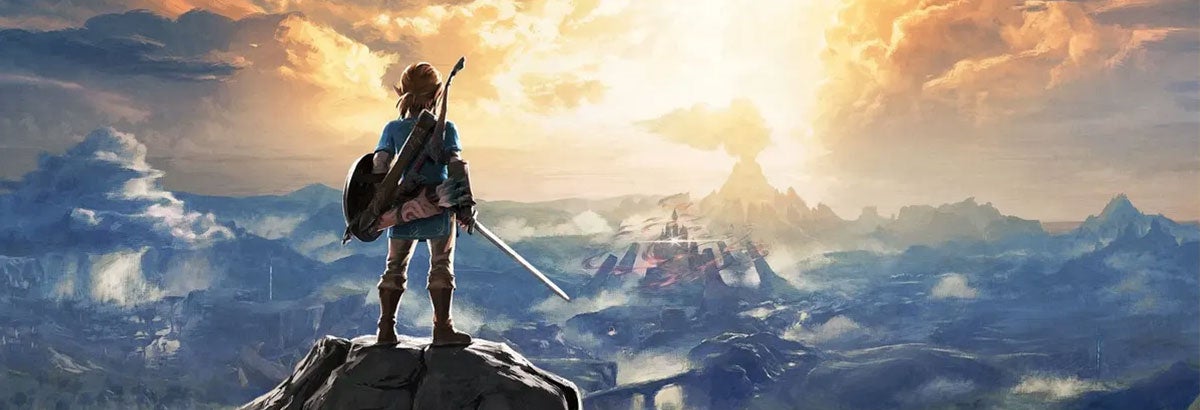Summary
- Return of Rome is a brand new DLC for Age of Empires II: Definitive Edition that adds content from the first original game
- Play with 17 new factions including the brand-new Lac Viet, and battle through three new campaigns in a self-contained expansion
- We speak to executive producer on Age of Empires II: Definitive Edition, Earnest Yuen, to learn more ahead of its May 16 release
Over the last 20 years, Age of Empires II has consistently been viewed as the cornerstone of this great RTS franchise. Praised for its myriad mechanical improvements over the first game, unique units and the addition of gates to stop yourself accidentally imprisoning your on-screen warriors, Age of Empires II ushered in an era almost as unforgettable as the in-game factions we love to roleplay.
But a groundbreaking sequel always has an origin story that started it all, and the first Age of Empires title is by no means being left behind. The latest expansion, Return of Rome, is set to bring integral parts of the game’s original content into Age of Empires II: Definitive Edition as its own self-contained offering, plus some brand new additions for fans to get stuck into.
“We are literally taking the Age of Empires gameplay and putting it… inside Age of Empires II.”
Earnest Yuen, executive producer on Age of Empires II: Definitive Edition, tells us that the Age of Empires community is wholeheartedly at the forefront of the decision to craft this expansion, which is a nod to Age of Empires: The Rise of Rome, an expansion for the original game.
“It’s a different type of expansion pack that we have never done before,” Yuen explains. “We are literally taking the Age of Empires gameplay and putting it as a game within the game inside Age of Empires II.”

Return Two Rome
Return of Rome includes 16 ancient civilizations featured in the first Age of Empires, one brand new civilization, and three brand new campaigns. It’s not a bolt on for Age of Empires II: Definitive Edition, but a separate entity that operates with its own original rules and factions not included in the second remake of the game. You’ll be able to switch between the two with ease.
There is one exception to the faction exclusivity – Return of Rome would of course, not be complete without a Roman faction, but interestingly, this expansion introduces two different Roman civilizations to play as. The Roman faction that is playable in this expansion focuses on the earlier periods of history, but the empire being added to Age of Empires II: Definitive Edition actually covers a later period in Roman history, and it’s been created from scratch especially for the game.
This period dates back to around 395 C.E, making them contemporaries with the Goths, Celts, Britons, Persians and other factions from the Early Middle Ages. By this point, Rome was – as told by the experts on the Age of Empires team – considered a crumbling shadow of its former glory, unable to pay for its soldiers or fortify its home effectively.
“They say Rome wasn’t built in a day, but it also didn’t fall in one day either,” Yuen says. “So for those that love history, they can actually feel the differences between the earlier and later Roman factions.”

Yuen, who also served as executive producer on the first Age of Empires: Definitive Edition, tells us that the goal of the game was to recreate the ultimate updated experience of the title from 20 years prior. This included having it run on modern systems with better graphics, while still feeling like the original. However, doing so was quite the learning curve for the team.
“We wanted newcomers to actually see what the game is like, while letting fans experience it all over again, and we learned a lot from it,” Yuen says. “The learning was that while the hardcore fans of the original Age of Empires fans are very happy, it was hard for new players to join. It’s still very old school, and some players are very used to the innovation that has happened in other awesome RTS games over the last two decades.”
It was that inspiration that altered the team’s focus towards building the definitive version of the game that fans remember via subtle quality of life changes, not necessarily the exact original with all of its quirks. It’s now more like a merger of the two titles, optimized for a smoother all-round experience while retaining each game’s unique points.
“When we released the original Age of Empires: Definitive Edition, people remembered the game having gates, factions having formations, but no, it didn’t have any of that, only Age of Empires II had those,” Yuen says. “But now we’re in the Age of Empires II: Definitive Edition engine, we’ve been able to add these quality of life tweaks.”
“Instead of rebuilding the definitive edition of the original game as it was, we want to build a definitive edition of the game in your head,” Yuen says. “But at our core, we want to make sure the original Age of Empires fans feel at home.”
The Official D3 Ruleset
The Return of Rome expansion also includes a brand new D3 game mode, an in-game implementation of a long-running unofficial ruleset created by Vietnamese Age of Empires players. The ruleset restricts players to one military unit up until the bronze age, which limits rushing tactics and keeps all parties at an equal level. It also introduces a brand new faction, the Lac Viet, a Southeast Asian faction from the late Neolithic period.
“The Vietnamese fans have been keeping the original Age of Empires alive for the last 25 years,” Yuen tells us. “They still have local tournaments, they stream online, and we wanted to honor that community for keeping the game alive for all of that time.”
The D3 ruleset has long existed as a popular way for Age of Empires players to compete against each other, but it’s very much a handshake agreement with no actual in-game limitations. Now it’s an official mode, players can set up the game with the ruleset so everybody has to follow it no matter what – a much more pleasant and reliable D3 experience for those playing online.
“Ideally, it will spread internationally as well, so the Vietnamese fans can actually play with that ruleset against other people from all around the world,” Yuen says.”

There’s a lot here to keep existing Age of Empires fans happy, but this offering isn’t just for those that enjoyed the classic games all those years ago. They’re smooth and modern, and designed to entice newcomers, whether they’re familiar with RTS games or not. Age of Empires is timeless fun for everyone, and now more accessible than it has ever been before.
“The franchise is 25 years old now, which means it’s cross generational,” Yuen says. “We have fans that played as a kid, that are now playing again with their own kids, and it’s fantastic.”
“One way that people describe Age of Empires that really resonates with me is that it’s kind of like real-time chess. That’s how people play it and think about it, and chess is timeless.”
Prepare for battle once more when Age of Empires: Return of Rome launches May 16 on Xbox Series X|S and PC.
Age of Empires II: Definitive Edition – Return of Rome
Xbox Game Studios
$14.99
$12.74
17 Ancient Civilizations:
• Assyrians
• Babylonians
• Carthaginians
• Choson
• Egyptians
• Greeks
• Hittites
• Macedonians
• Minoans
• Palmyrans
• Persians
• Phoenicians
• Romans
• Shang
• Sumerians
• Yamato
• And 1 entirely new, Return of Rome exclusive: Lac Viet — The ancient civilization of Southeast Asia
PLUS 1 new longtime fan-requested civilization for use in standard Age of Empires II: Definitive Edition:
• Romans — Rise to the throne of an empire dominating the Mediterranean Sea and defend your borders against countless barbarian invasions. The Roman unique units are the Legionary, a sturdy infantry unit, and the Centurion, a heavy cavalry unit that increases the power of nearby Militia-line units. Available in singleplayer and unranked multiplayer games.
New! A Rise of Rome exclusive Game Mode:
Introducing the D3 Game Mode, inspired by a ruleset made popular in Vietnam, is now an official part of the franchise!
3 New, Fully Voiced Campaigns:
Sargon of Akkad — An unlikely man rises to power in the city-states of Mesopotamia: Sargon is a simple cupbearer to the king, but everything changes when the war goddess Ishtar appears in his dreams. Under her guidance, Sargon leads the quarreling Sumerians into a new age, but the appealing nature of power forces him to choose between his divine destiny and his personal ambition. In this campaign, you will play as the Sumerians.
Pyrrhus of Epirus — As the Wars of the Diadochi saw Alexander the Great’s successors throw the Greek world into chaos, Pyrrhus of Epirus began as a small player among titans. Will he become worthy of the legendary Hannibal Barca’s judgment of him – a renowned general of the age – or will his constant uphill struggle prove insurmountable? In this campaign, you will play as the Macedonians.
Trajan — Marcus Ulpius Trajanus climbed the ranks of the legions while the Emperor Domitian’s tyrannical rule tarnished the Roman Empire’s glory. When circumstance elevates him to the throne as Emperor Trajan, he inherits a realm on the brink of disaster. Will resourcefulness, virtue, and military might be enough to save Rome and lead it to its historical zenith, or will the Roman Empire collapse four centuries before its time? In this campaign, you will play as the Romans.
Experience Age of Empires II: Definitive Edition Quality of Life improvements to Age of Empires gameplay:
• Gates
• Formations
• Trade carts
• Improved pathfinding
• UI improvements
• Visual improvements
• Spectator mode
• An enhanced AI for computer opponents
• And much more!
Related:
Sea of Thieves’ New Mystery Aims to Be ‘The Ultimate Treasure Hunt’, With a Real-Life Golden Skull on Offer
Minecraft Trails & Tales: Camels, Bamboo Sets & Armor Trims
Fall Guys Lets Players Craft Their Own Mayhem With New Creative Mode

